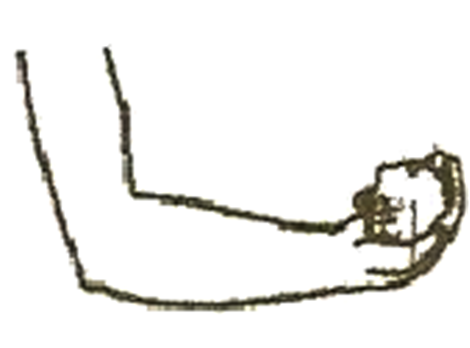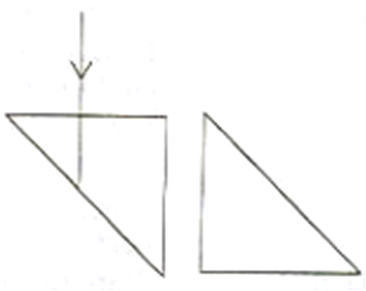 Short Answer Type
Short Answer TypeA body of mass 1.50 kg is dropped from the second floor of a building which is at a height of 12 m. What is the force acting on it during its fall? ( g = 9.8 m/s2)
When an arrow is shot from a bow, it has kinetic energy in it. Explain briefly from where does it get its kinetic Energy?
What energy conversion take place in the following when they are working:
i) Electricity toaster
ii) Microphone
In what way will the temperature of water at the bottom of a waterfall be different from the temperature at the top? Give a reason for your answer.
i) A stone of mass 64.0 g is thrown vertically upward from the ground with an initial speed of 20.0 m/s. The gravitational potential energy at a group level is considered to be zero. Apply the principle of conservation of energy and calculate the potential energy at the maximum height attained by the stone. (g = 10 m/s2)
ii) Using the same principle, state what will be the total energy of the body at its half-way point?
Define ‘joule’, the SI unit of work and establish a relationship between the SI and CGS unit of work?
Copy the diagram of the forearm alongside, indicate the positions of the Load, Effort and Fulcrum.

i) A monochromatic beam of light of wavelength λ passes from air into a glass block. Write an expression to show the relation between the speed of light in air and the speed of light in glass.
ii) As the ray of light passes from air to glass, state how the wavelength of light changes. Does it increase, decrease or remain constant?Two isosceles right angled triangle prisms are placed near each other as shown in the figure.
Complete the path of light ray entering the first isosceles right-angled glass prism till it emerges from the second identical prism.
Draw a ray diagram to illustrate the determination of the focal length of a convex lens using an auxiliary plane mirror.
